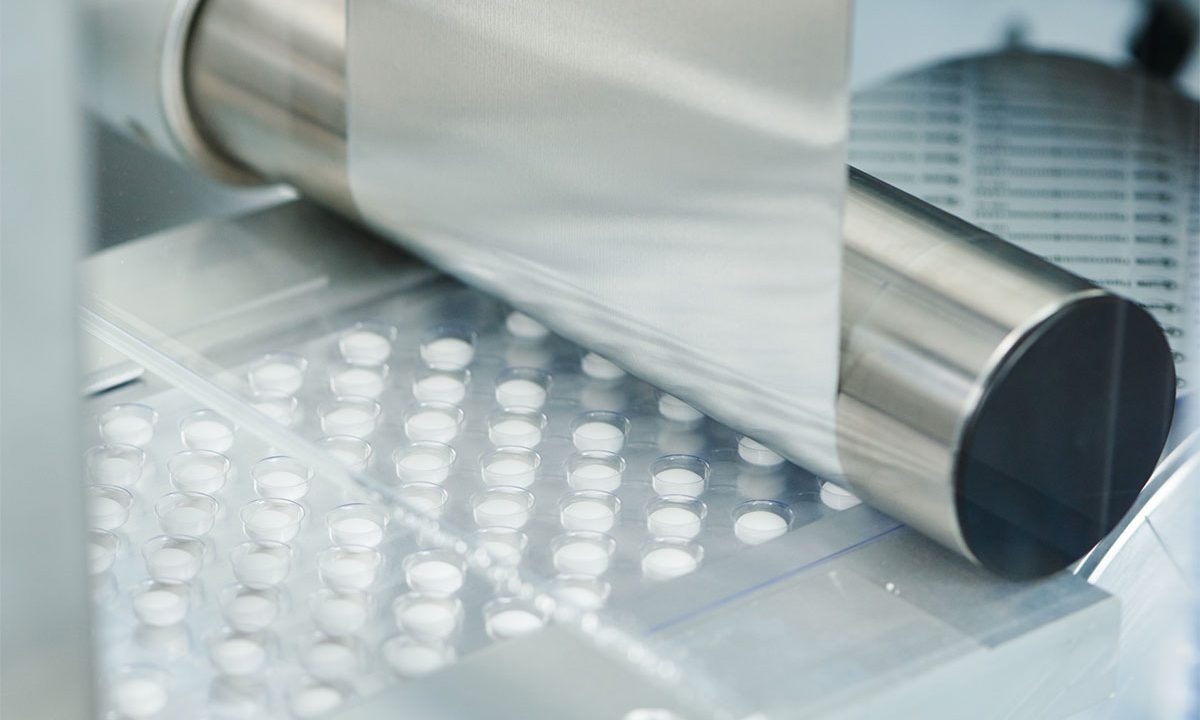Production of pharmaceuticals brings in a lot of challenges. The product being in the range of professional healthcare service is difficult to pass on to the consumer directly, without any procedural experimentation and tests on quality. The subtle statement would be that medicine can cure the patient but can also come out as fatal if administered with contamination or mistaken compositions. And when it comes to production of said medicines, there are a lot of elements and people coming in contact with the raw materials, the production utility, the finished product and its packaging material. Rendering a pharma product free of contamination and keeping it under the expected quality points is of essence and thus is a requirement by the Healthcare Authorities.
The process of quality assurance, which for the manufacturer becomes sampling, is a required procedure. Each and every medicinal drug has to be deemed as safe and effective by the government health authorities of the countries where the medicine is to be distributed. A quality check in a controlled environment or lab is thus necessary for all pharmaceutical producers. A combination of trained laboratory and compact lab sampling machines can prepare the sampling or testing batch.
Hypothetically speaking, the making and packaging of a medicine in the liquid form is easier than the oral solid dosage counterpart. The pressure and volatility of pressed tablets or encapsulation is only conditionally received in the production of liquid tube packed dosage. So let’s get to know what goes into pharmaceutical sampling procedures.
Sampling and Its Basic Requirements
When a new drug is formulated or when a new consignment of a sold out product is made, there has to be a quality check before the medicinal drug is sent out for approval from authorities or supplied to hospitals. If the drug manufacturer doesn’t take initiatives, the regulatory authorities will and then the manufacturer may get into trouble, not considering the entire batch which goes to waste along with raw material cost. Start again from point zero.
Sampling is the basic procedure of procuring the most perfectly formulated, pressed and packaged batch of sample pills. There are several reasons for an in house sampling plan, some of which include-
- Approval of a new or upgraded drug from the official health authorities
- Approval of a consecutive resupply batch of a drug that is already in the market
- Pre-assurance checks for qualifying a batch of raw material
- In gaining control over the manufacturing process by testing finished products
- Pre-release testing of every batch going out of the facility
- Retaining and controlling side-effects or withdrawals from the product
- For verifying the identity of incoming raw materials and confirm its origins and efficiency
- Last but not limited to keeping any adulteration of the product in check
Pharmaceutical sampling requires a plan that is approved by the governing authorities. The process requires a facilitative lab with compact manufacturing machinery. While we’re speaking ‘pills and blister packaging’, a compact cold forming and blistering machine like Blis Lab 100® can be an efficient sampling tool for smaller batches.
Requirements of Sampling
A sample batch of pills must represent the quality and must be formulated with easily identifiable materials. The sampling procedure must consider every aspect of pill production. A contingency retesting procedure and frequent quality check of any machinery component or handling tools is a must. These procedures are further complex, as it is of enormous priority to remove any contaminants from sampling or main manufacturing area. The basic requirements for a sampling plan are-
- An approval on the standard operating procedures that includes licensed personnel for the sampling procedure
- A fully equipped sampling facility designed in a way to work both as a lab and sample production utility while preventing contamination
- Sampling equipment and machinery along with sample containers, sampling line, sample packaging machinery and different spatulas.
- A proper sampling plan describing the stages, locations, and utilities being used in the procedure
- A description, by protocol of the sampling methods used and the kind of sampling under process (there are different methods for sampling of different pharmaceutical components)
- Lab technicians with proper training in evaluating a sampling plan, standard operating procedure, techniques and equipment being used, and trained in prevention of contamination.
A good facility and trained personnel result in smooth sampling sessions. Being well-adept with the machinery or blister sampling tools being used is a must for the personnel. Since the process requires human intervention at various stages, having a lab blister machine like the Blis Lab 100® with manual output controls is necessary. Pharmaceutical equipment suppliers like Accupack® also provide an in-house training of personnel for new machine upgrades.
Sampling Methods and Machinery
A sampling plan can be made for a number of elements that are included in the whole pharmaceutical manufacturing process. For example, a sampling procedure for the incoming raw materials or a sample plan to determine the points of contamination in the manufacturing process or on the production line. Here are a few sampling methods generally used.
Random Sampling
As the name suggests, random sampling is a method used to determine the quality and identity of a bigger batch of raw materials or finished products by choosing a random container of a consignment or any random portion from any container. For example, if 10 units or selected portions are to be sampled out of a hundred. The sampling plan will put into consideration any random portion from any container. Random sampling requires a control over the process, especially in the case of sampling a finished and packed dosage of pills or capsules. A lab machine that enables cold forming, and at the same time allows control over output, is a necessity. So a compact forming a packing lab machine could be the efficient tool at randomising the samples. Manual control over the process and compact size gives the Blis Lab 100® the sampling efficiency your lab needs.
Systematic Sampling
This method of sampling is a systematic approach that takes a sample out of particular intervals. The intervals determined in this method can be either a time in the production line or a number of products segregated from the output. For example, a systematic approach to sampling 10 of finished products from a number of hundred, the sampling personnel may choose every 10th sample of the line. Which is why full automation of lab sampling machines is not recommended. Compact lab sampling machines like the Blis Lab 100® provides control over the process by allowing a manual output system with tool-less changeovers in case a cleansing process or format change is underway.
All sorts of sampling procedures have a different approach for different purposes like, but not limited to, checking for proper formulation for a failed drug, checking for contamination, identifying the proper packaging material, and approval of authorities.
Lab utilities require a number of utilities like hoppers to collect sample material, scoopers to sample raw products, spatulas, dies or syringes and in case of tablet sampling or pill packaging samples, a compact machine with a big enough sampling line. The Blis Lab 100® includes features that give you safety from contamination during the process and provide proper control over the process for various sampling methods. Look at the solutions from Accupack® for all your sample packaging or pharmaceutical production lines.



